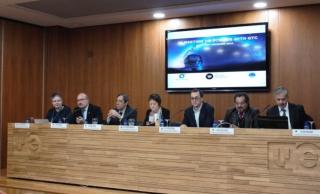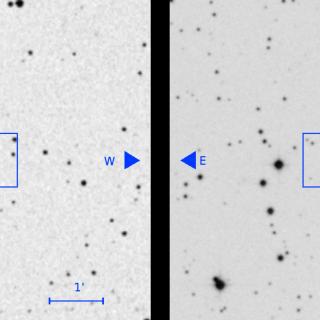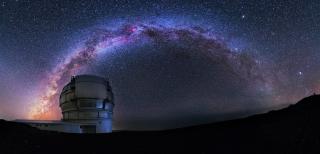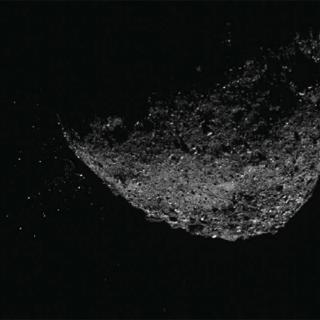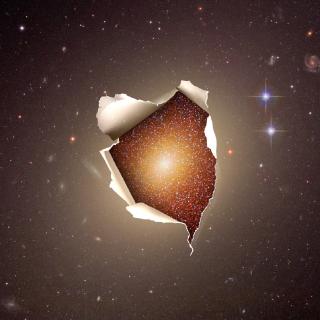
Researchers from the Instituto de Astrofísica de Canarias (IAC) and the Istituto Nazionale di Astrofisica (INAF, Italy) have shown that massive early-type galaxies keep on forming stars, even though at a very slow rate. The results of this work, whose first author is the doctoral student at the IAC/ULL Núria Salvador-Rusiñol, are published today in the journal Nature Astronomy. Elliptical and lenticular galaxies (collectively called Early-Type galaxies) are the oldest galaxies in the Universe. They are also the most massive galaxies in the Universe, reaching up to 100 times the mass of the
Advertised on

